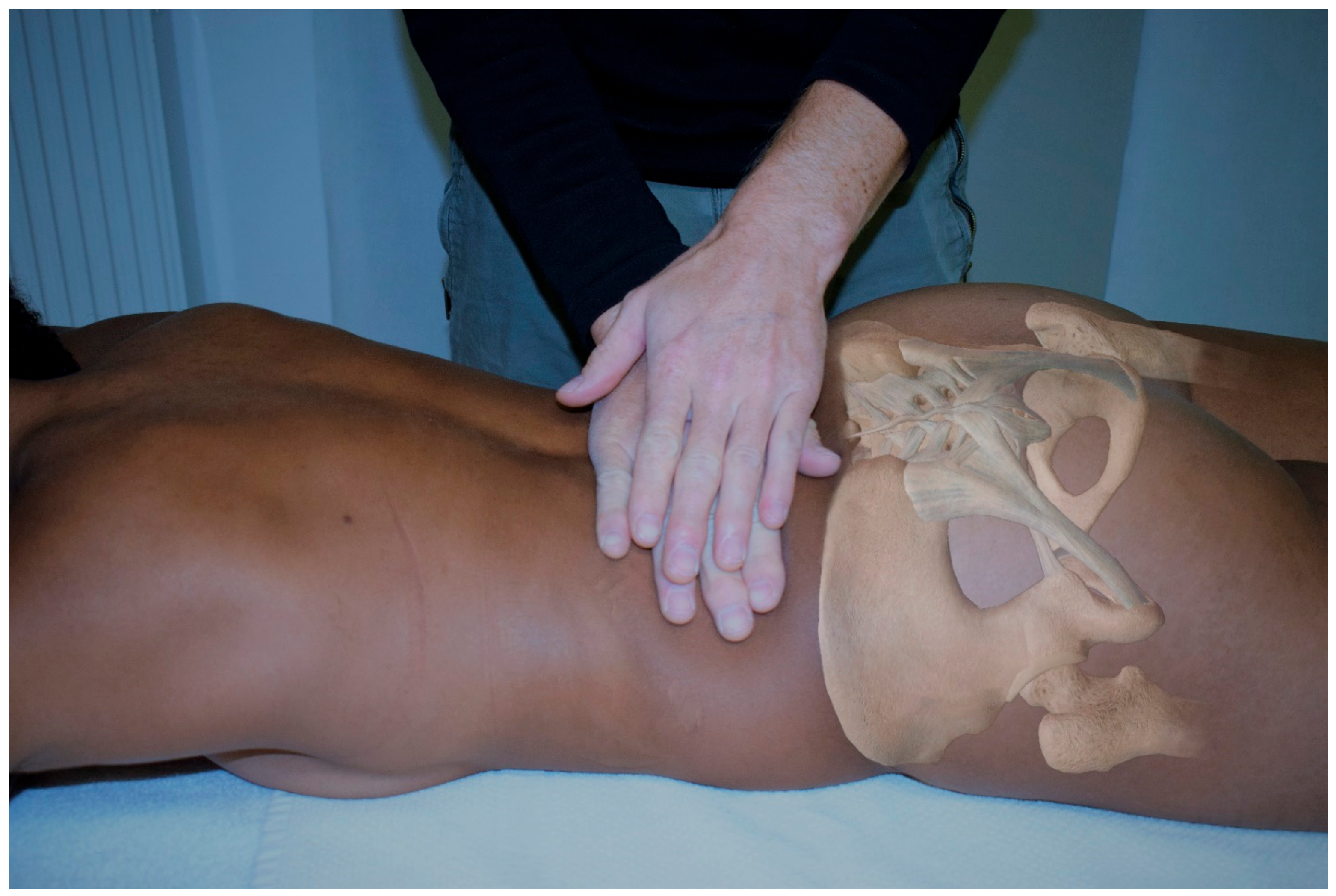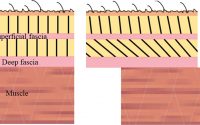Myofascial Release and Osteopathic Treatment had an immediated effect on Spinal Shape Parameters

Patients with lower back pain (LBP) often show a greater tendency for asymmetry in motor control in the form of pathological muscle activation compared to healthy individuals. Functional leg length discrepancies (fLLD) are suspected to be involved in the development of LBP. In addition, the thoracolumbar fascia, centre of a pelvic corset system, influences pelvic statics.Postural parameters such as fLLD or altered kyphosis or lordosis angles, could involved in LBP.
A study examined the immediate effects of a myofascial release (MFR) technique on the thoracolumbar fascia and an osteopathic treatment (OMT) on postural parameters in patients with acute low back pain.
The study was a single-blind randomized placebo-controlled trial. Seventy-one subjects suffering from acute LBP were randomly and blindly assigned to three groups to be treated with MFR, OMT, or placebo intervention. Spinal shape parameters (functional leg length discrepancy (fLLD), kyphotic angle, and lordotic angle) were measured before and after the intervention.
The results show that in the MFR group, fLLD was reduced by 5.2 mm, and kyphotic angle by 8.2 degrees.
Within the OMT group, fLLD reduced by 4.5 mm , and kyphotic angle by 8.4 degree.
The authors concluded that MFR and OMT influence fLLD and the kyphotic angle in acute LBP patients. The interventions could have a regulating effect on the impaired neuromotor control of the lumbar muscles.
Reference: Life 2021, 11(8), 845; https://doi.org/10.3390/life11080845

